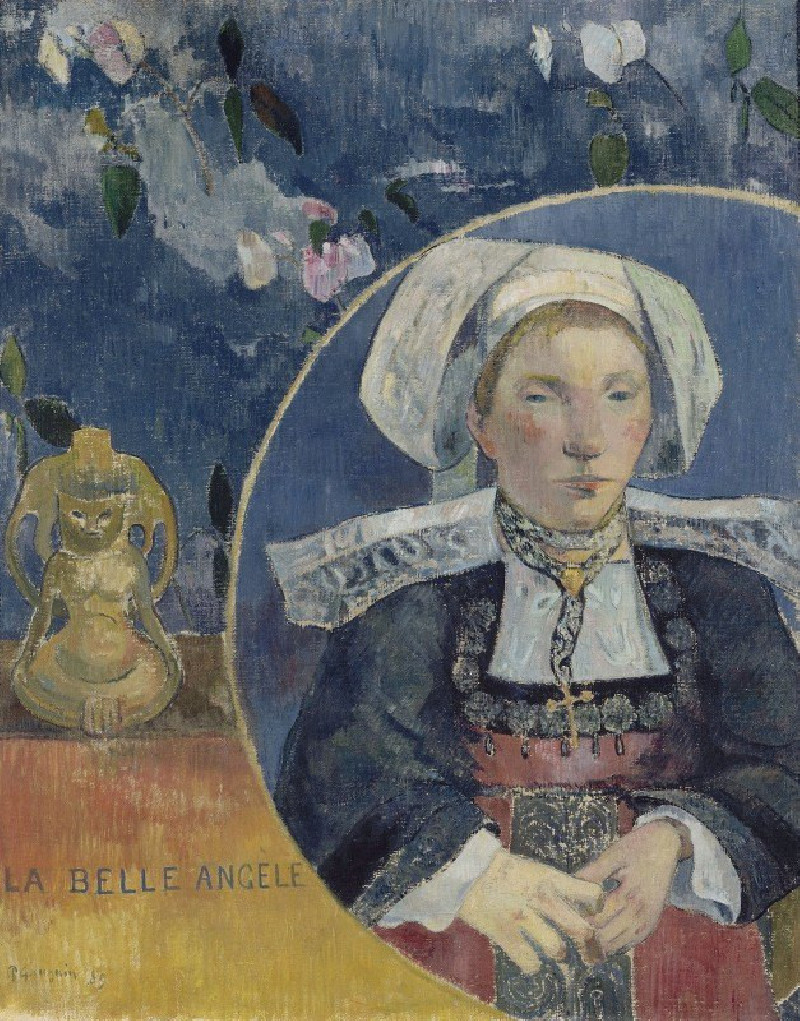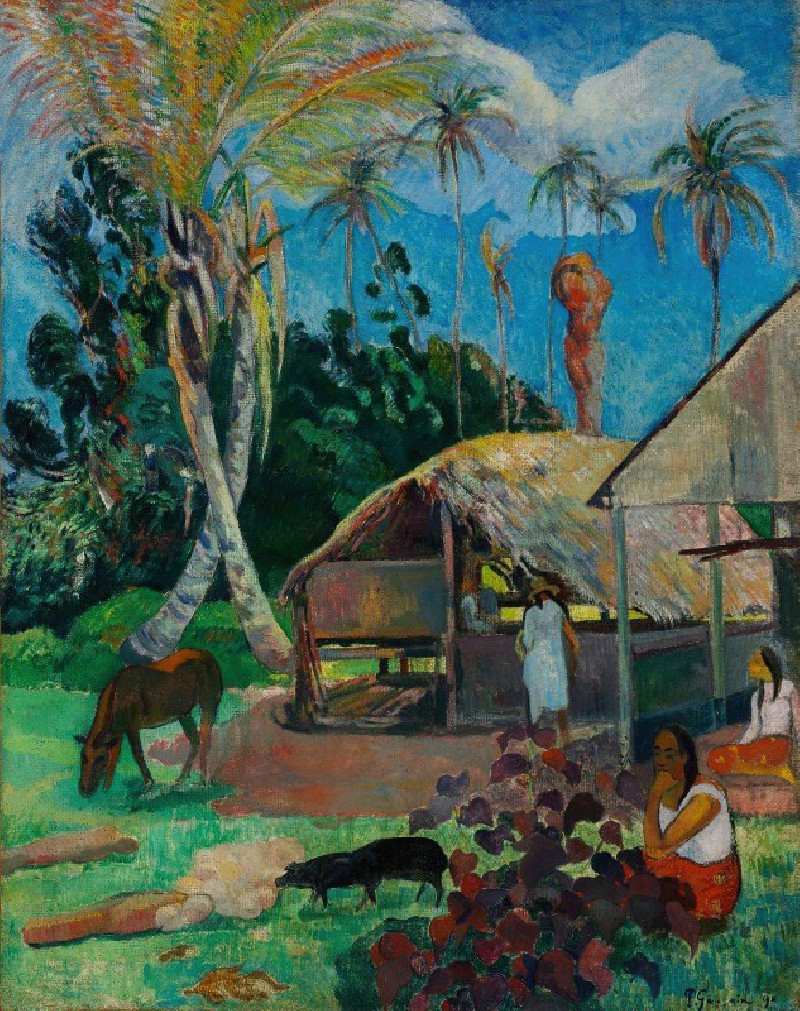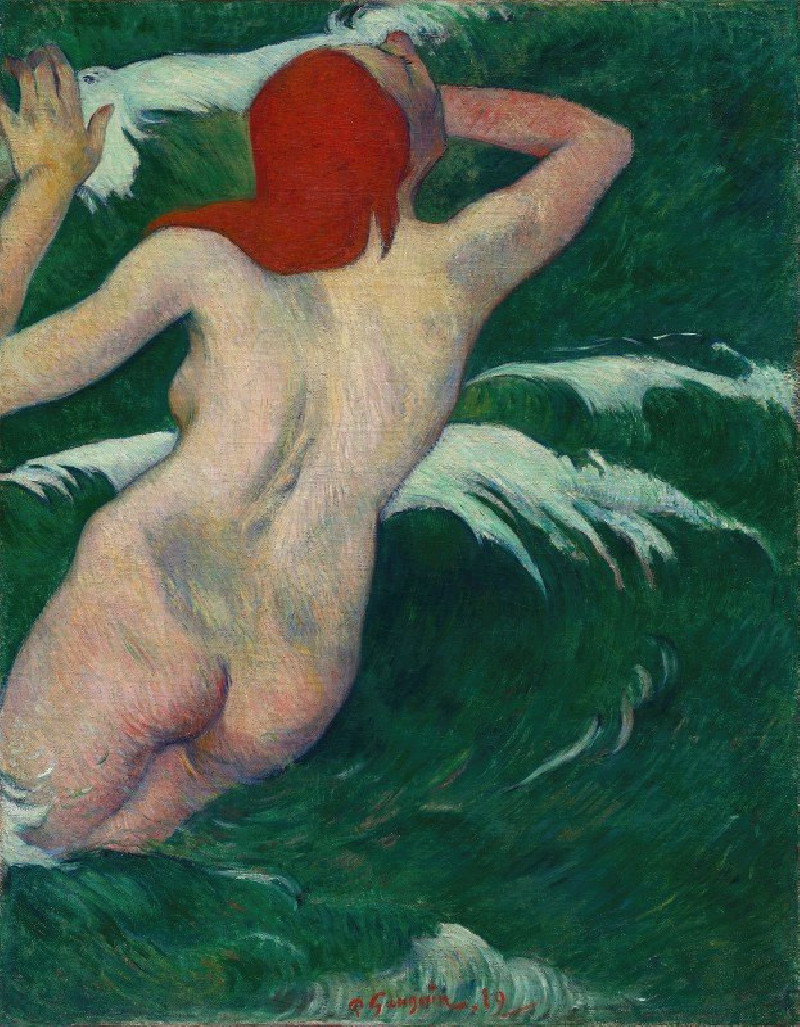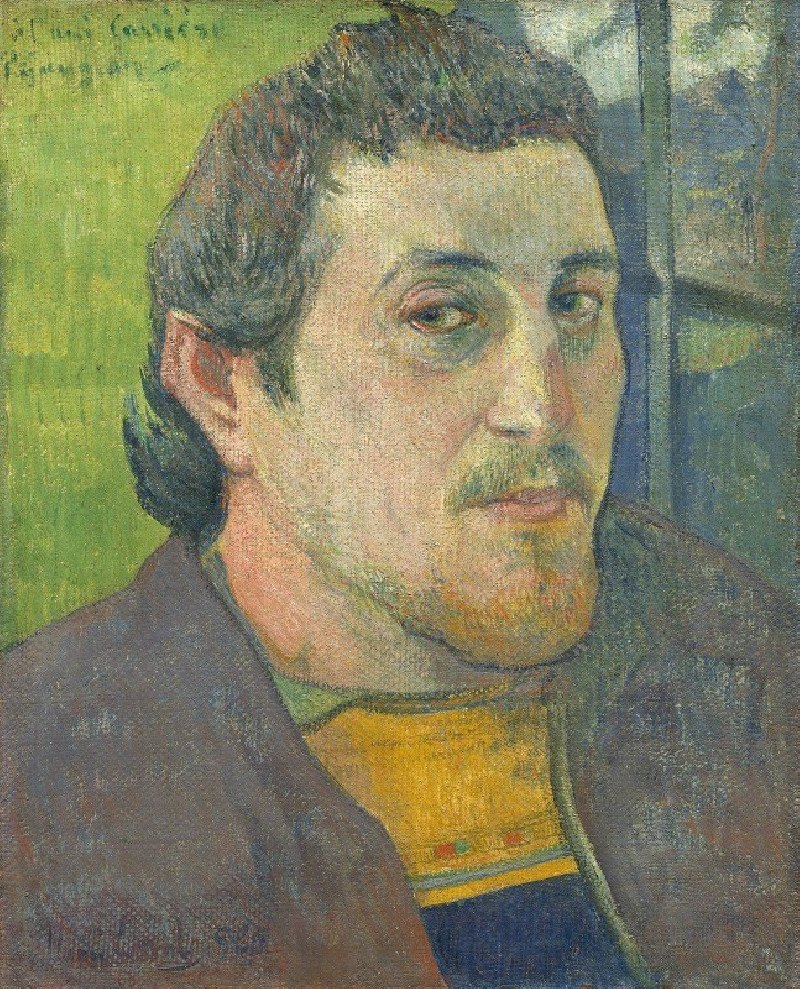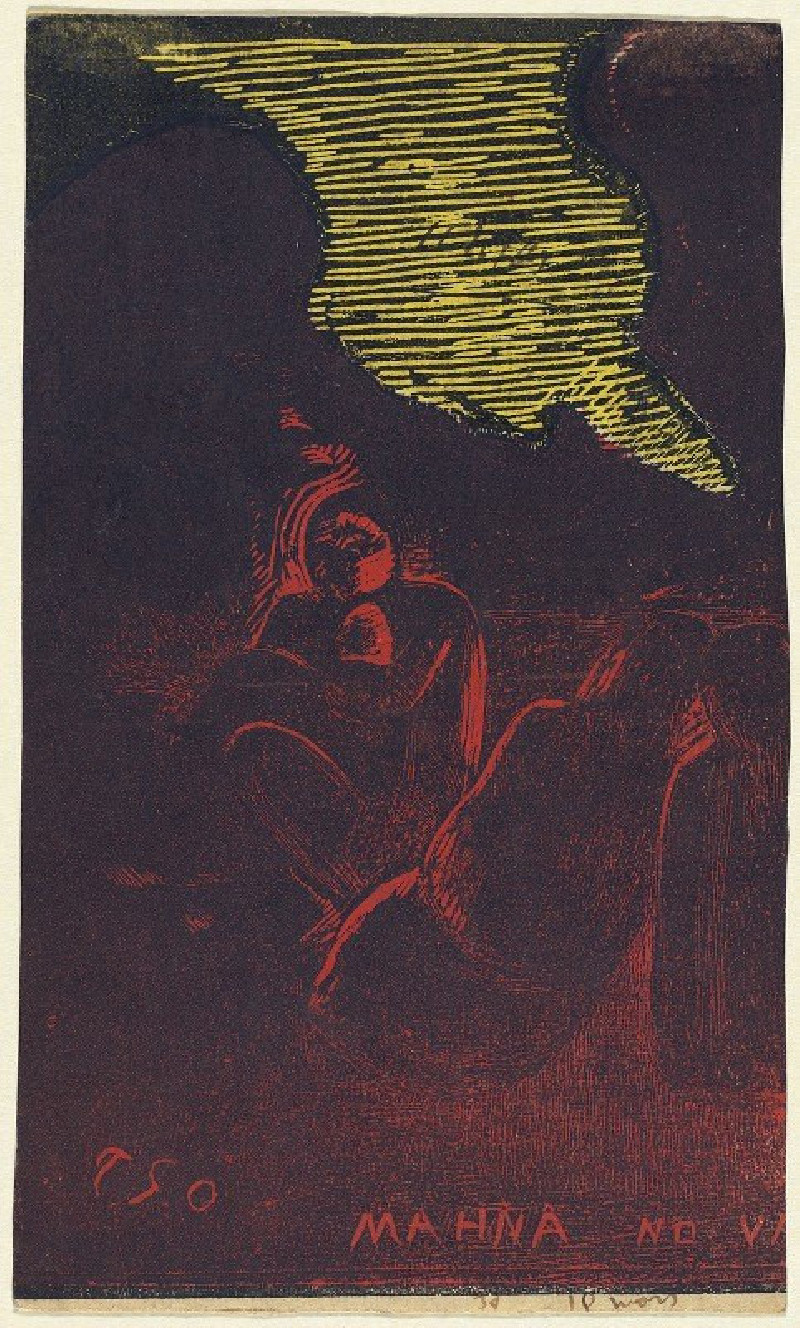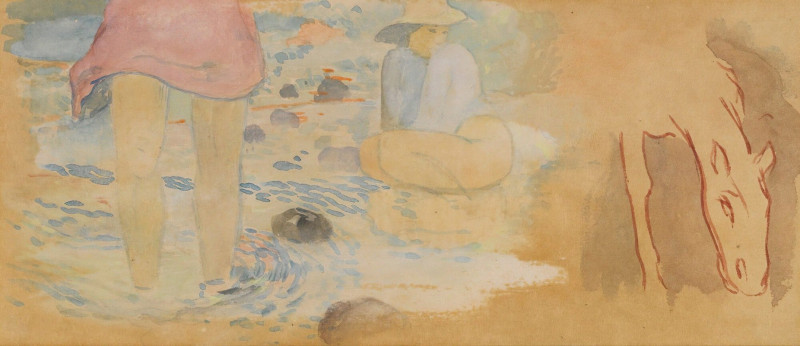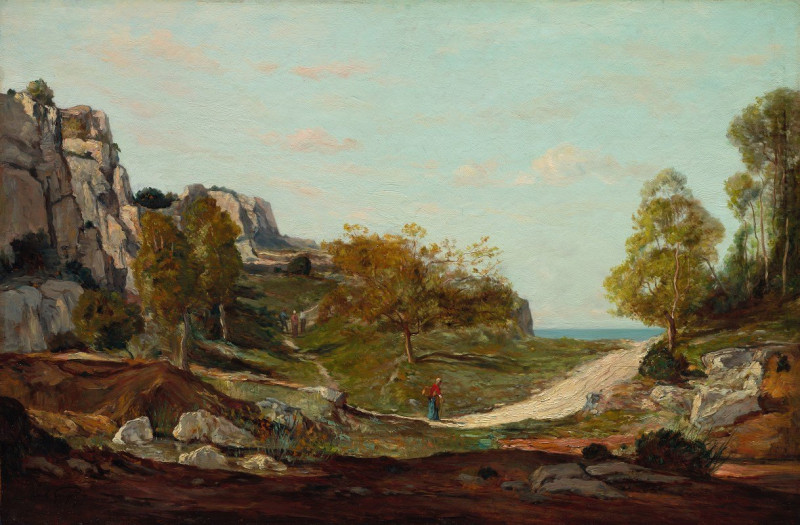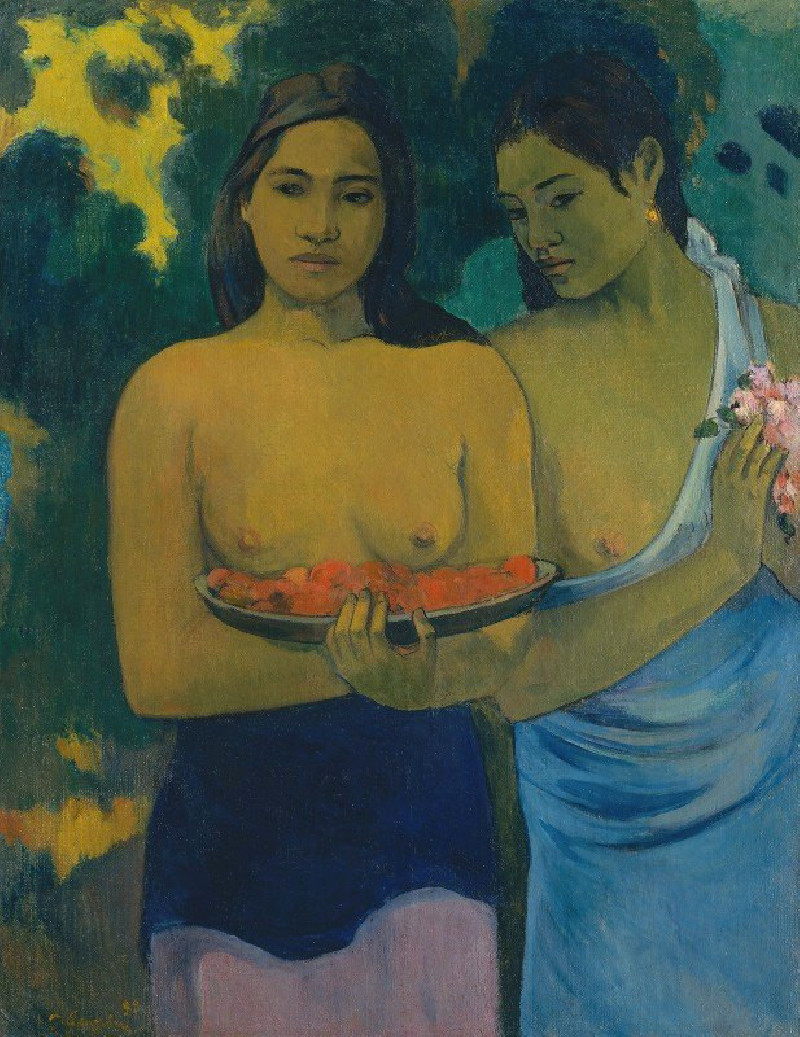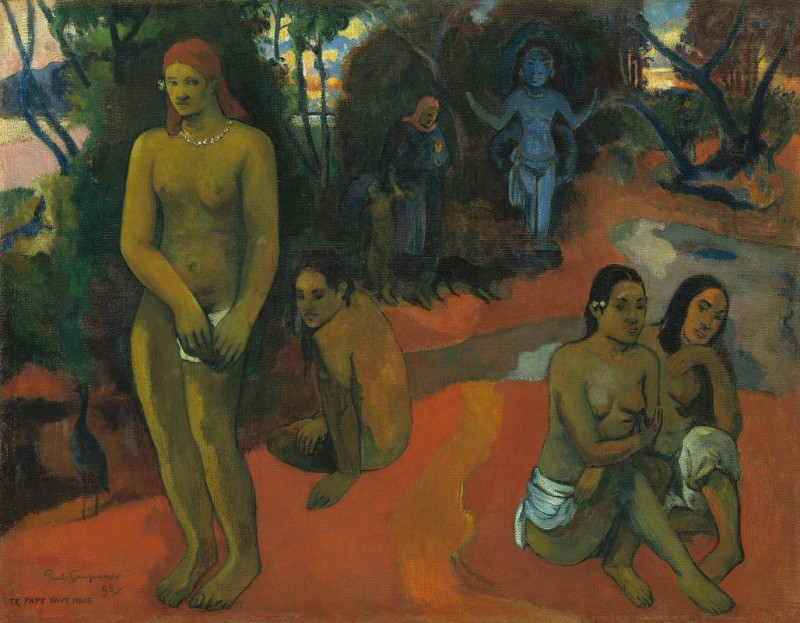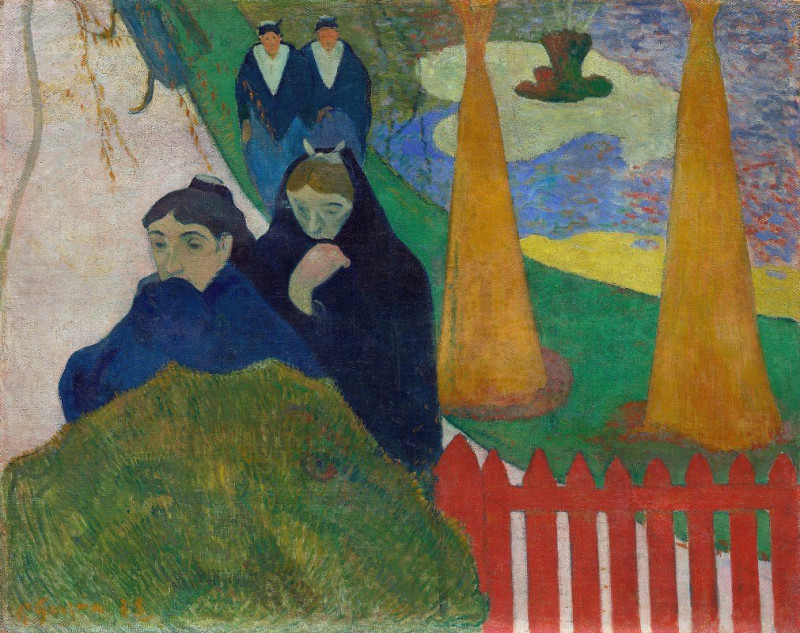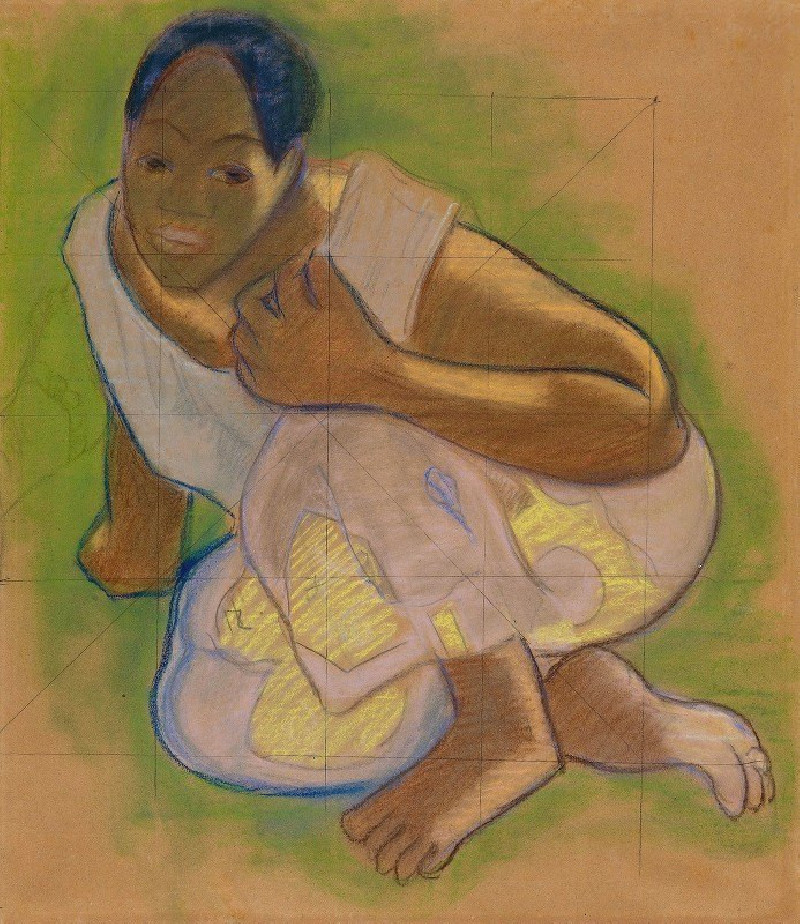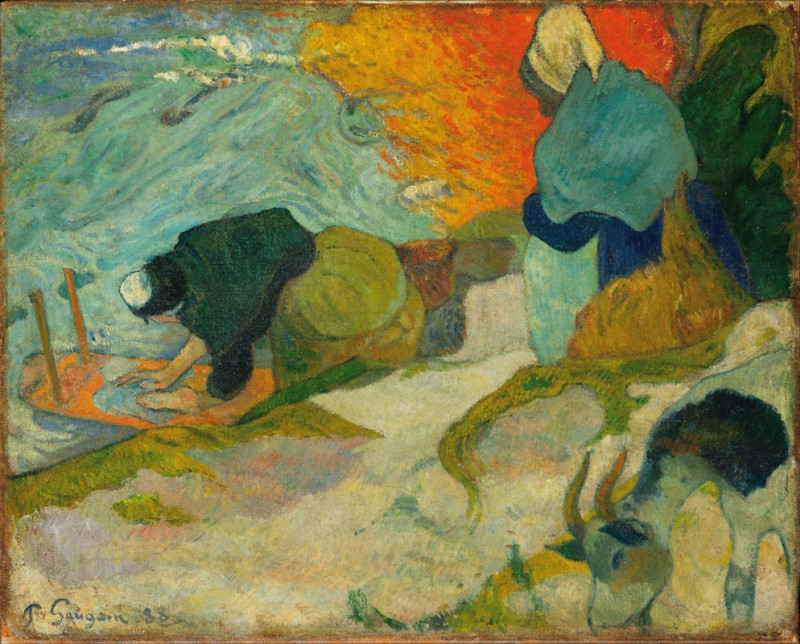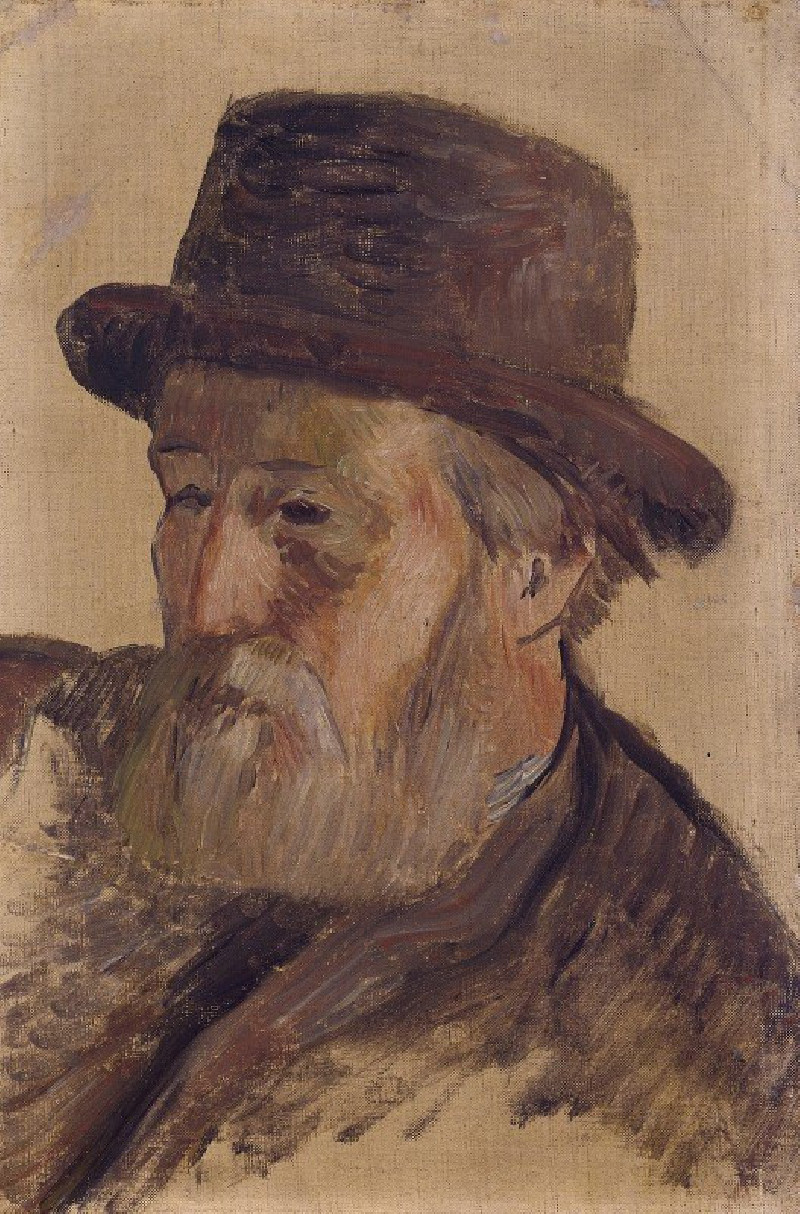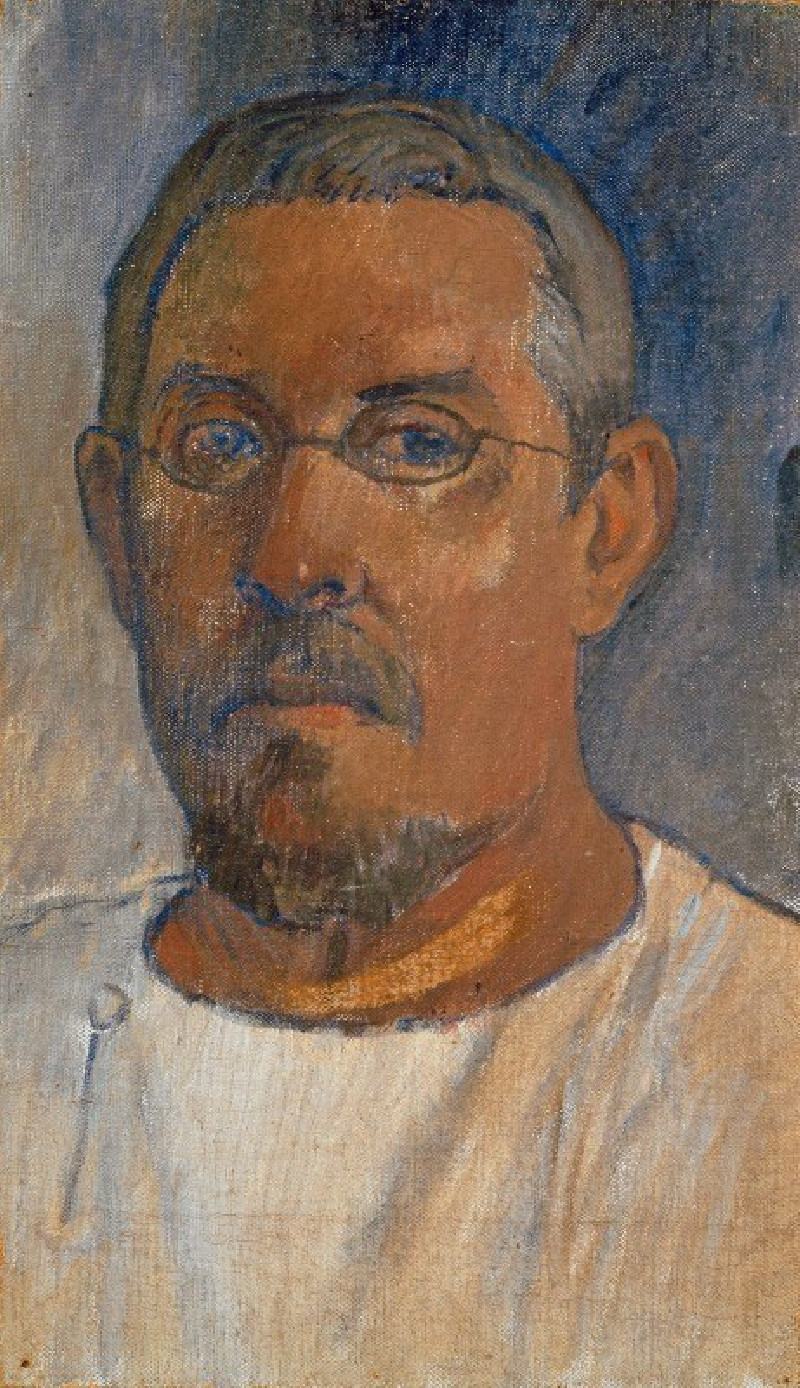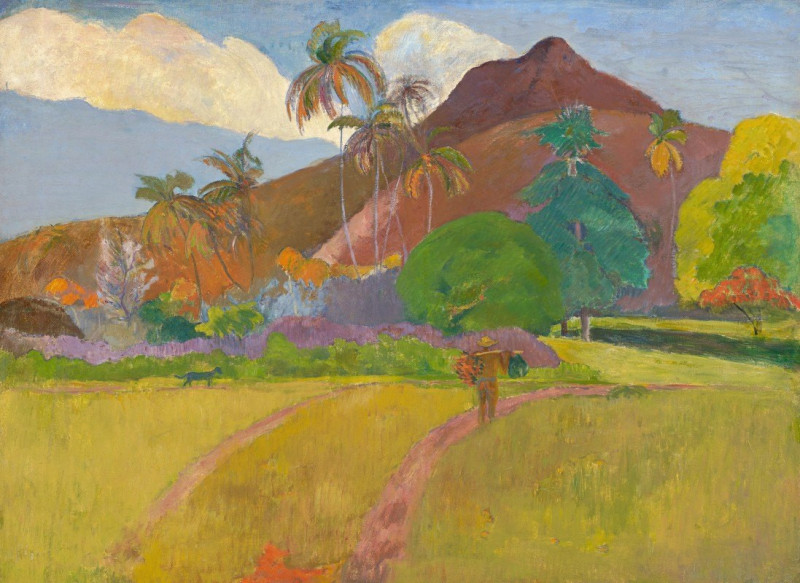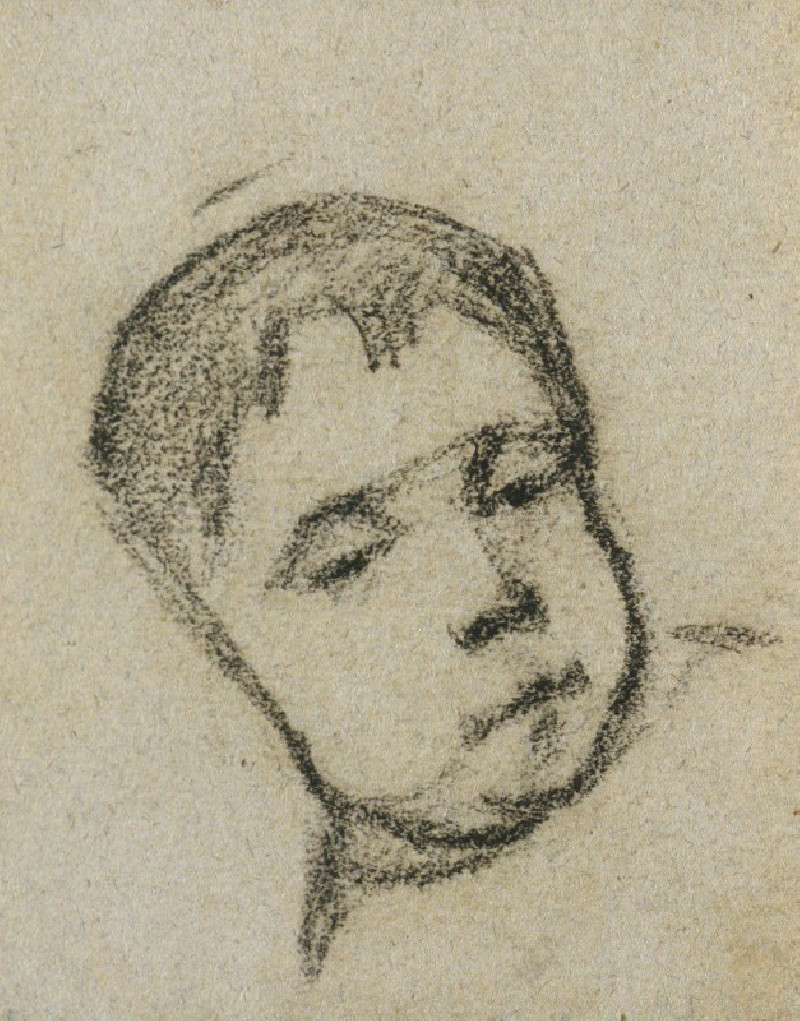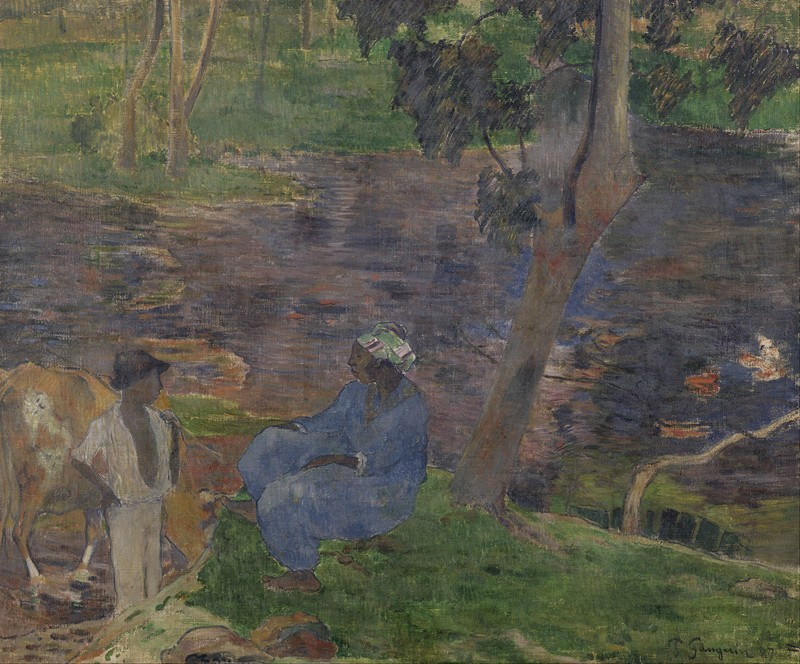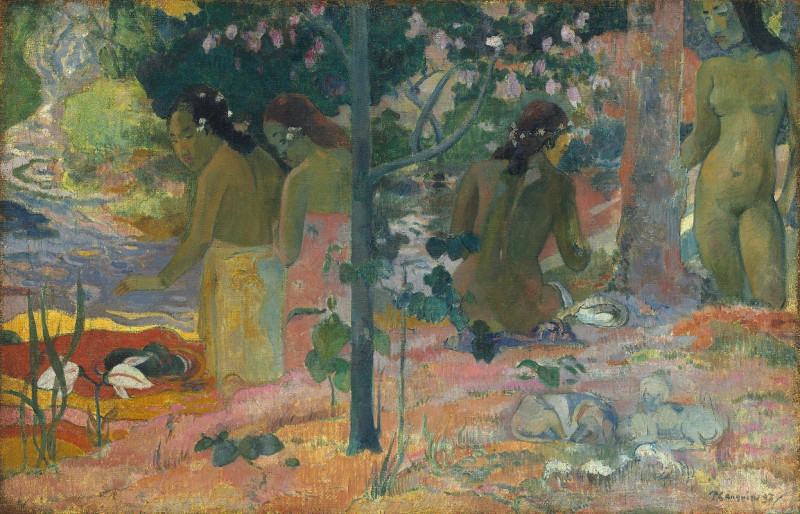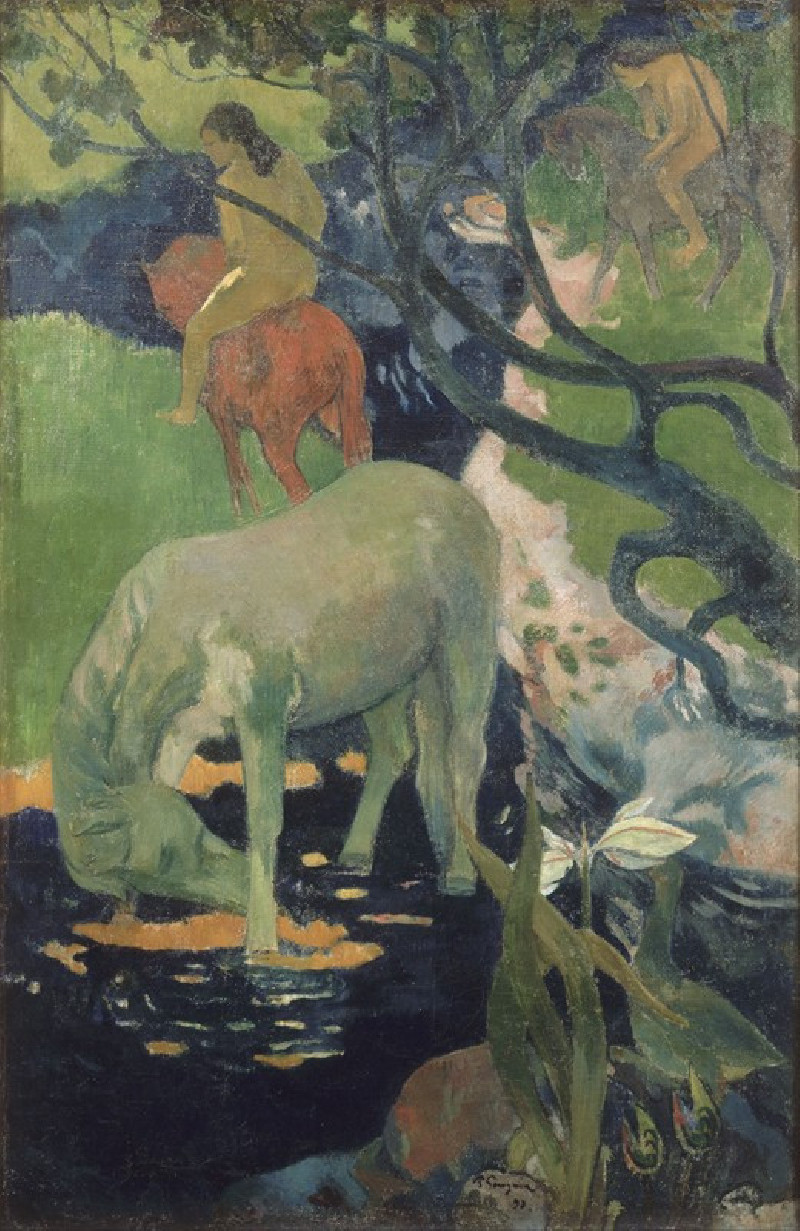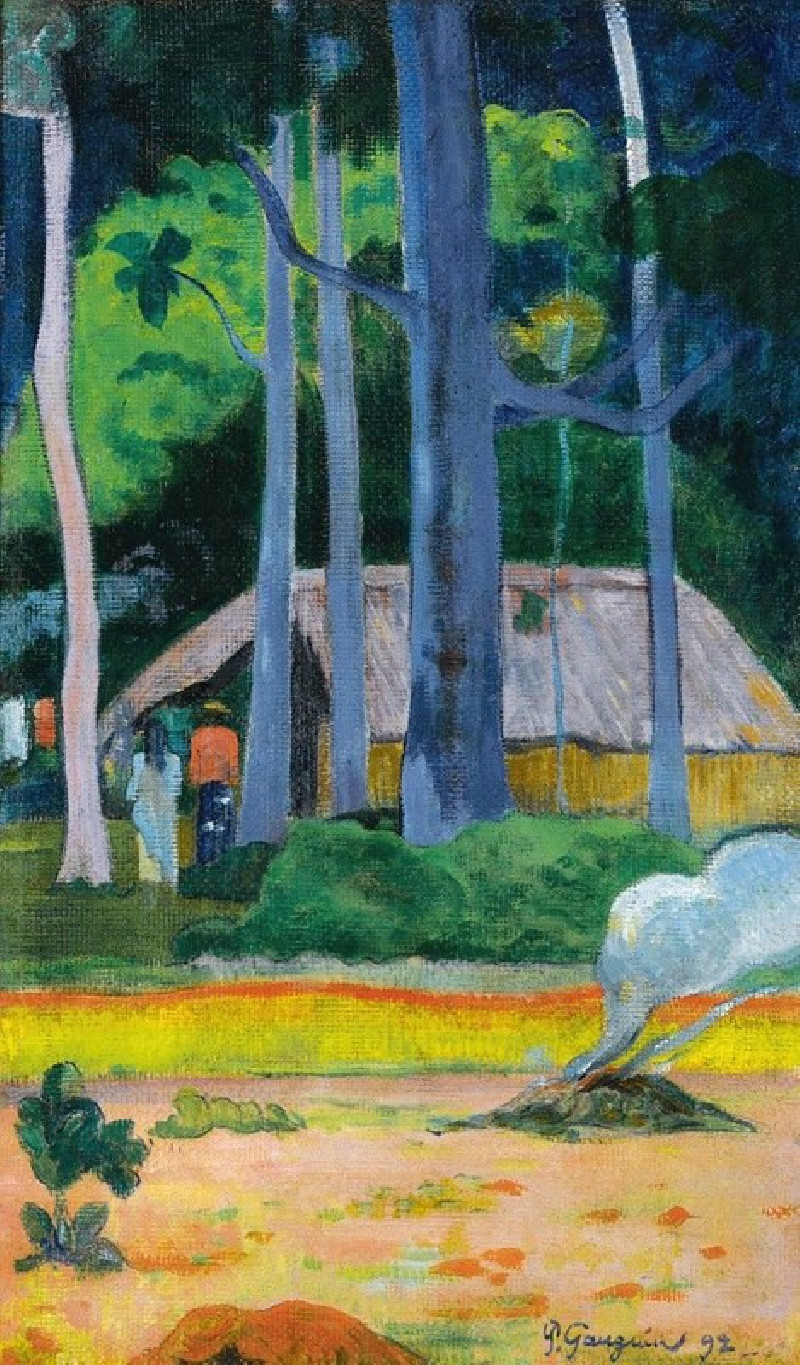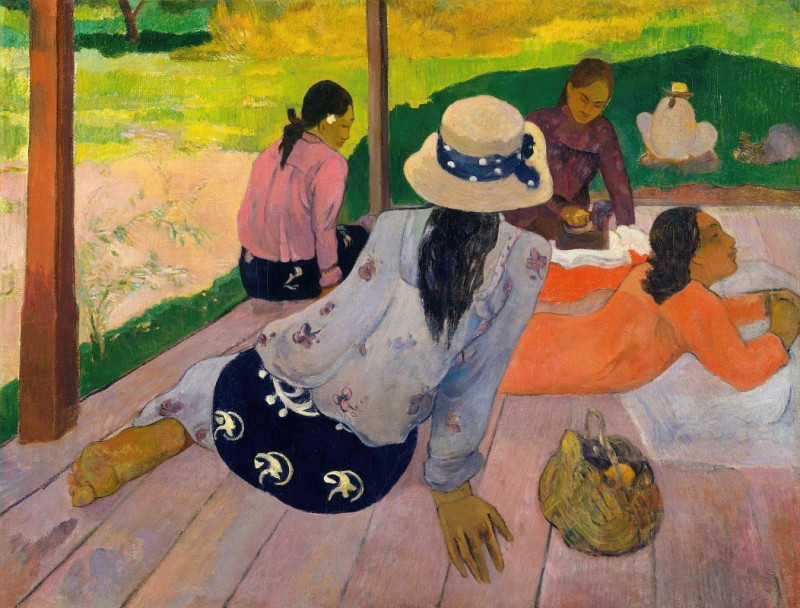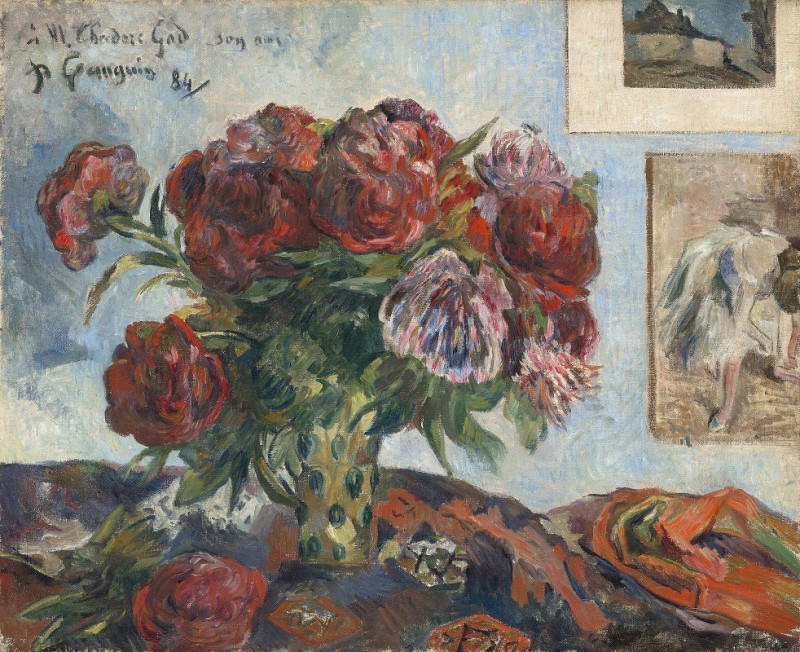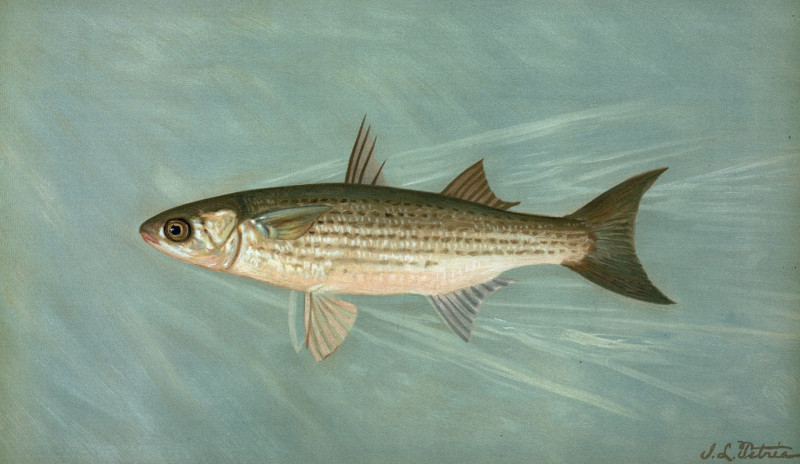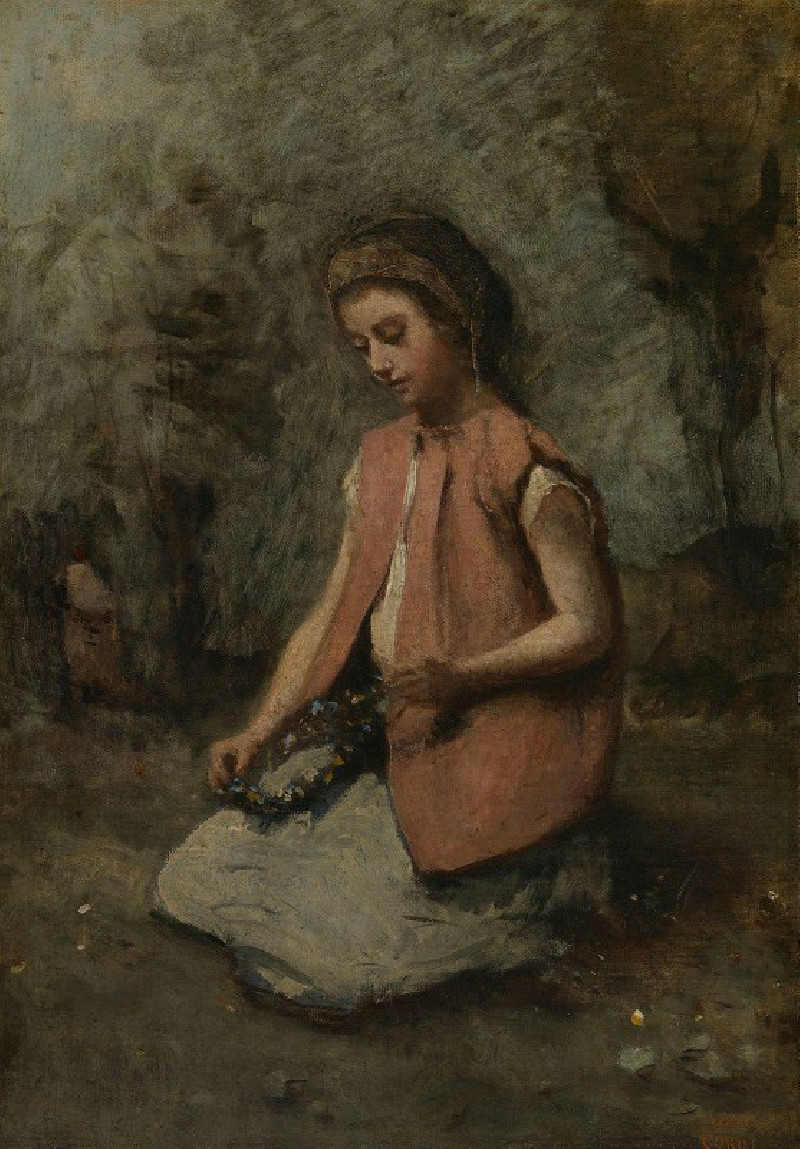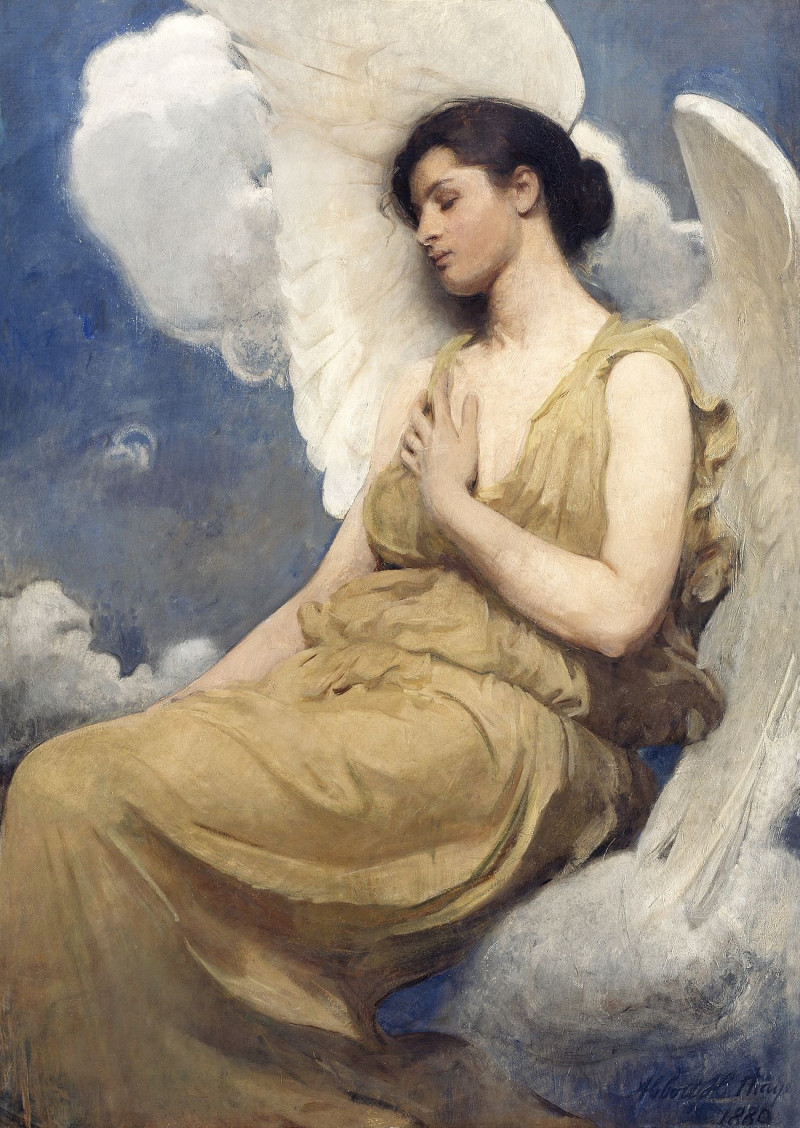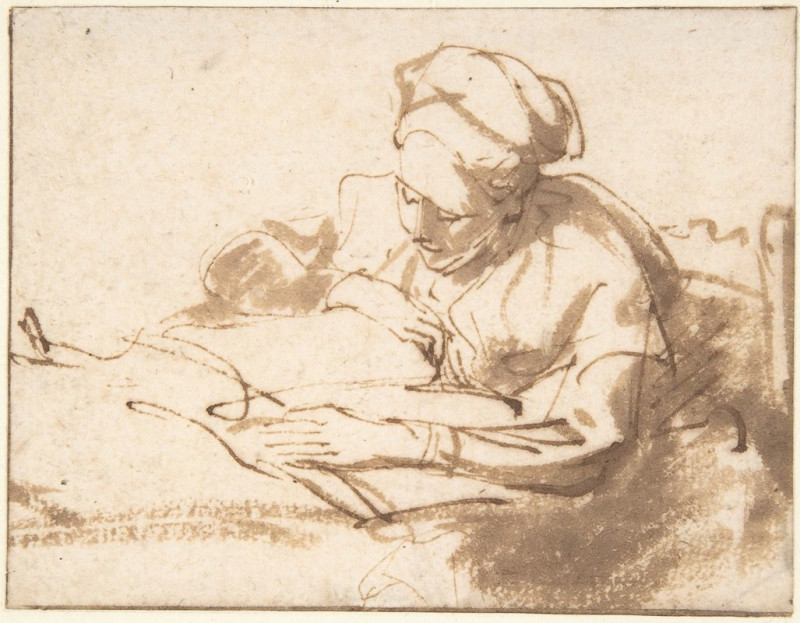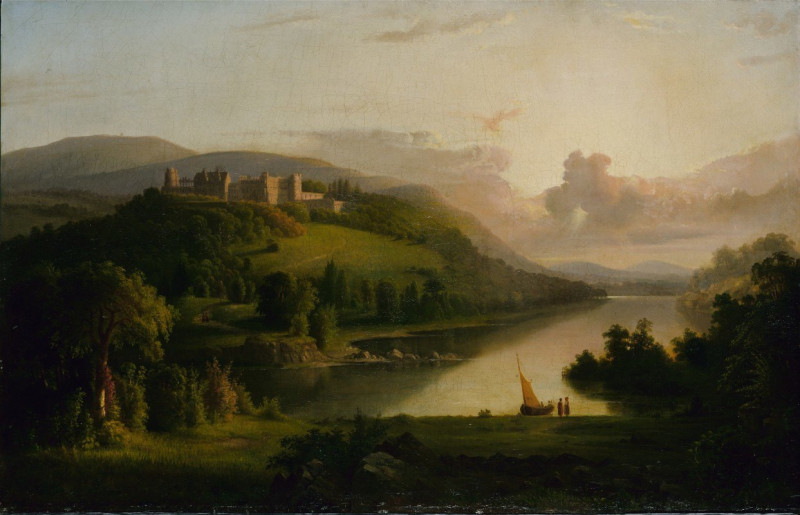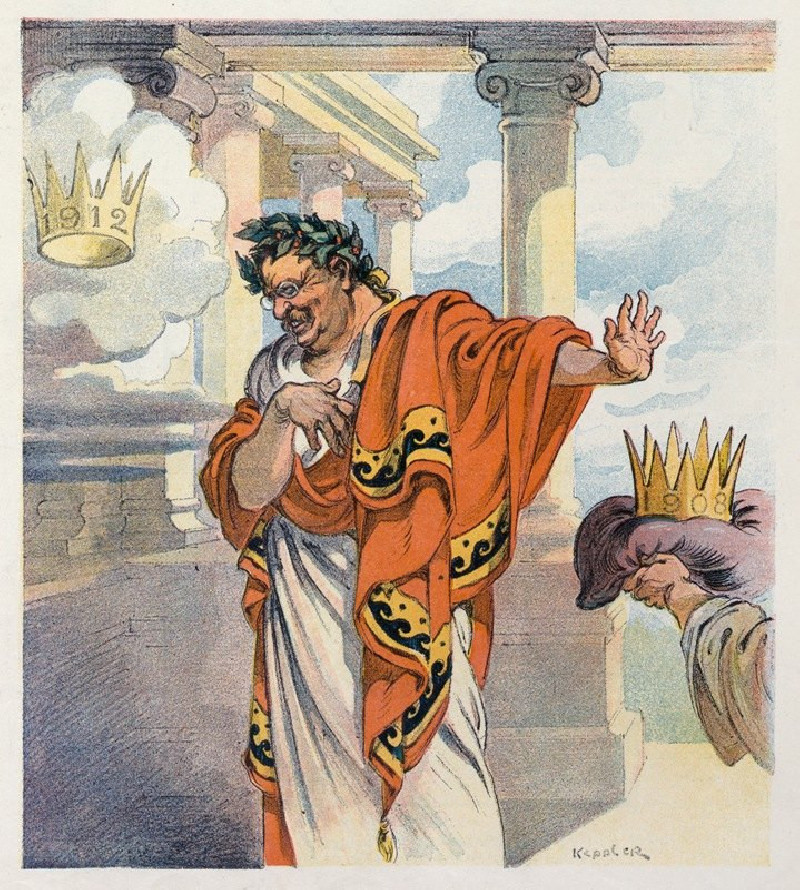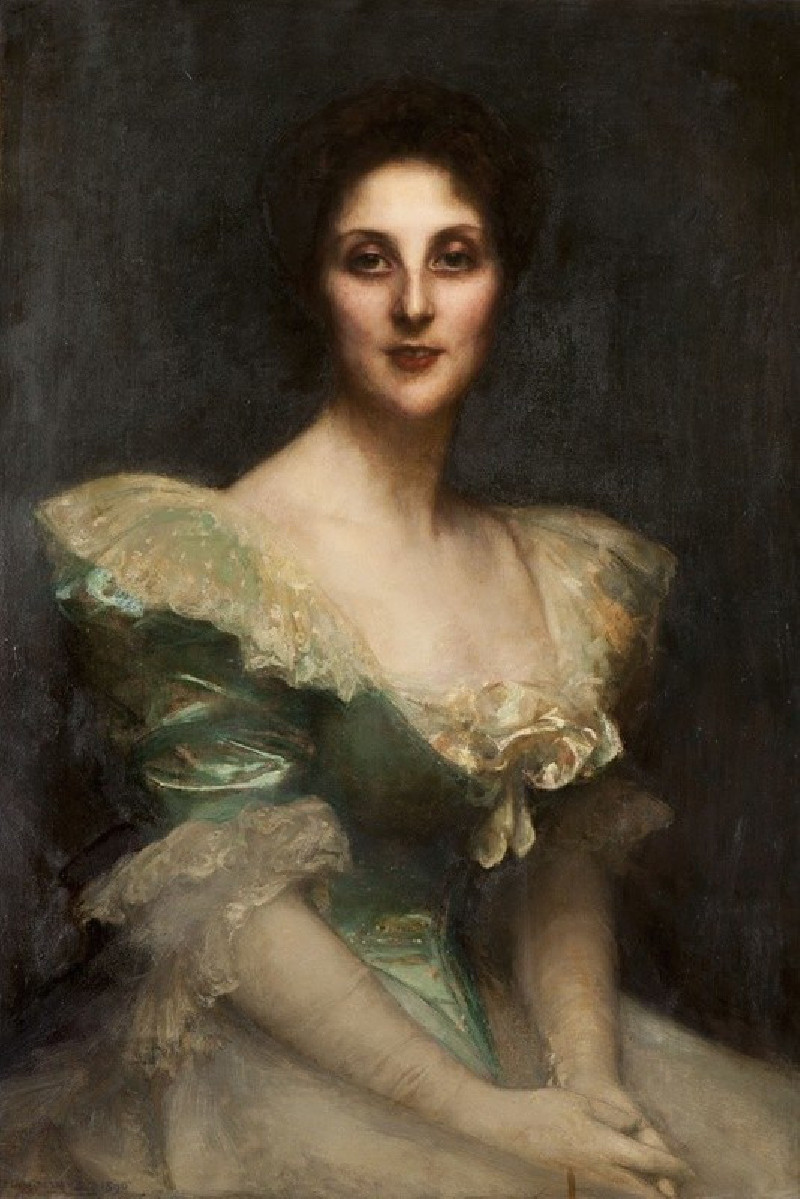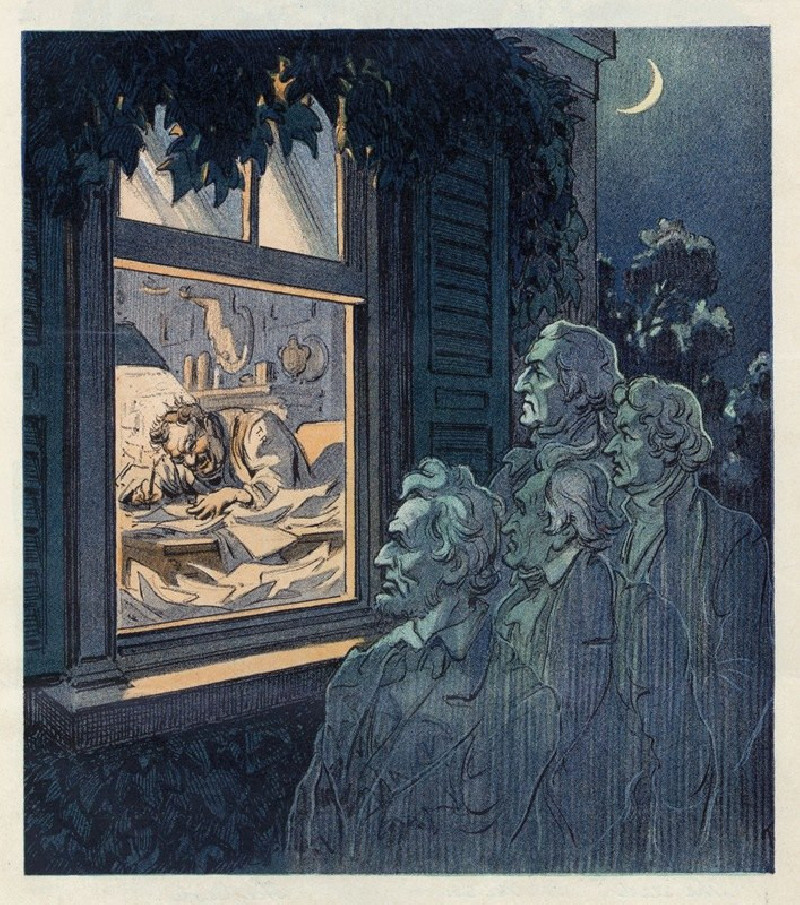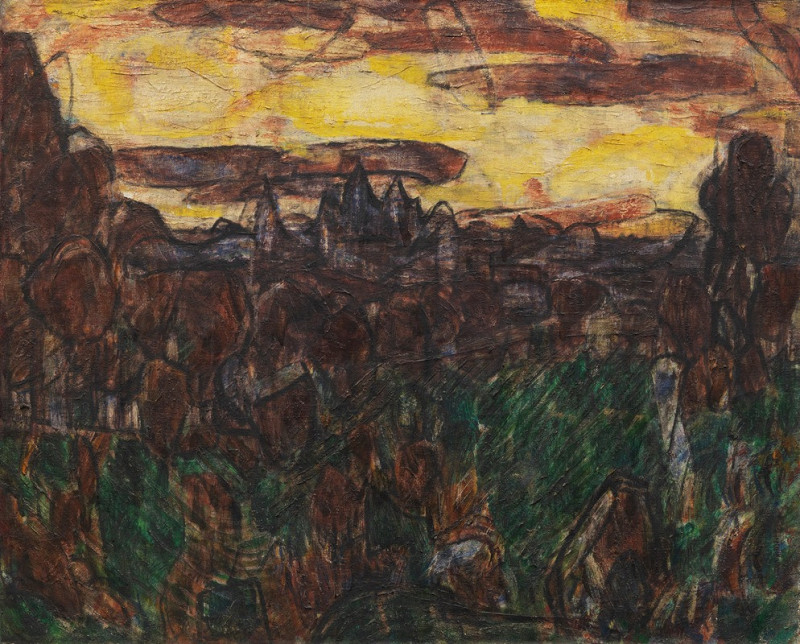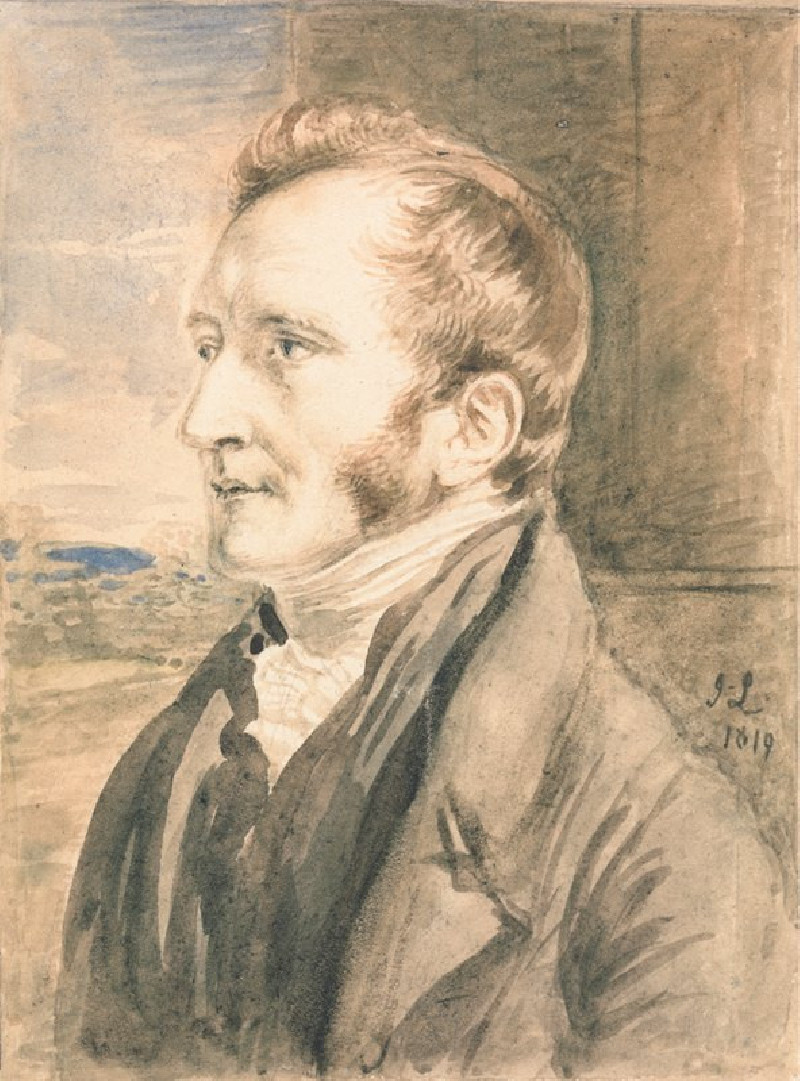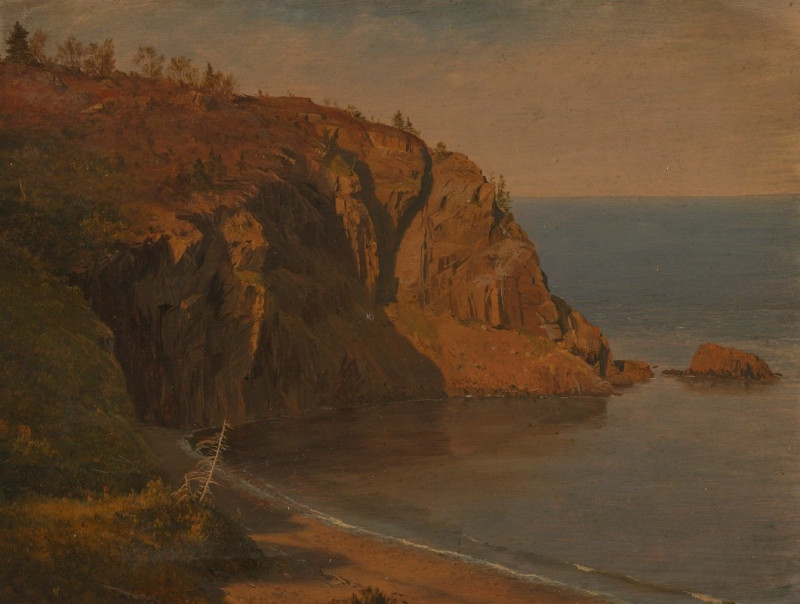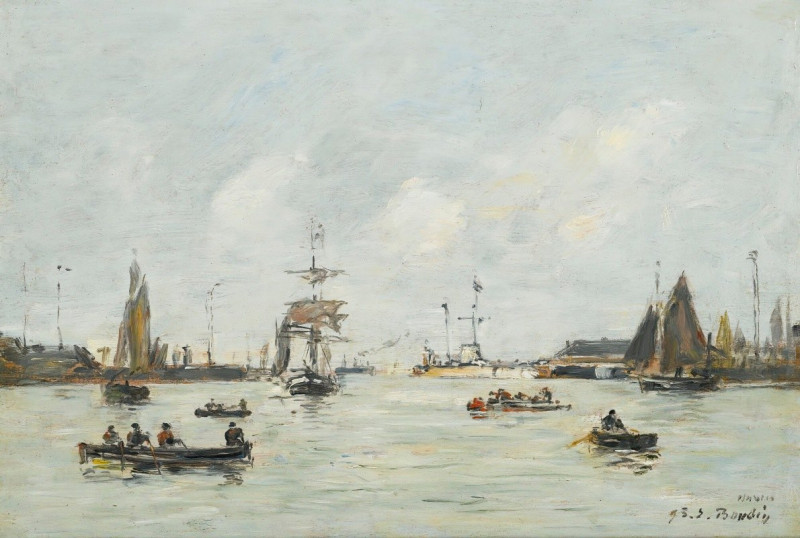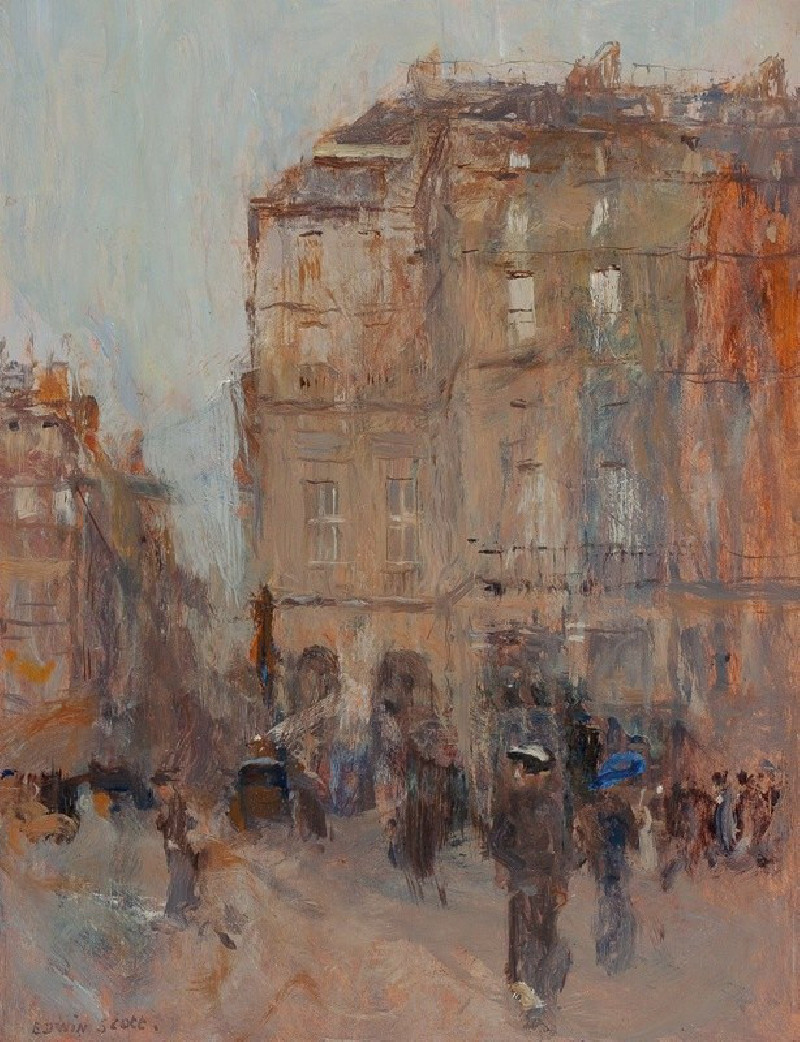La Belle Angèle (1889)
Technique: Giclée quality print
Recommended by our customers
More about this artwork
Discover visual poetry and cultural fusion in Paul Gauguin's intriguing portrait, "La Belle Angèle," painted in 1889. In this masterpiece, Gauguin captures the serene and refined image of Annaïk, the wife of his friend and fellow artist, Émile Bernard. Known affectionately as "La Belle Angèle," she is depicted with an arresting calm and an air of solemn grace.Annaïk is portrayed in traditional Breton attire, which includes a wide white coif and a distinctive black dress adorned with intricate patterns and lace. Her attire reflects the rich cultural heritage of Brittany. Her hands are delicately folded in her lap, suggesting poise and introspection. The portrait's background harmoniously blends a Western palette of blue hues with Eastern elements, featuring a golden Buddha statue—a testament to Gauguin's fascination with exotic themes and his ability to intertwine different cultural motifs in his work.Echoing the synthetism style for which Gauguin is renowned, the painting uses flat areas of color and simplified forms to convey an emotional and symbolic representation rather than a purely realistic one. The inclusion of symbolic elements like the Buddha and the ethereal flowers intensifies the mystical atmosphere surrounding the subject.This captivating portrayal not only exemplifies Gauguin’s unique style but also serves as a vivid illustration of the cultural melting pot that influenced much of his later work.
Delivery
Returns
Eugène Henri Paul Gauguin was a French Post-Impressionist artist. Unappreciated until after his death, Gauguin is now recognized for his experimental use of color and Synthetist style that were distinct from Impressionism. Toward the end of his life, he spent ten years in French Polynesia. The paintings from this time depict people or landscapes from that region.

